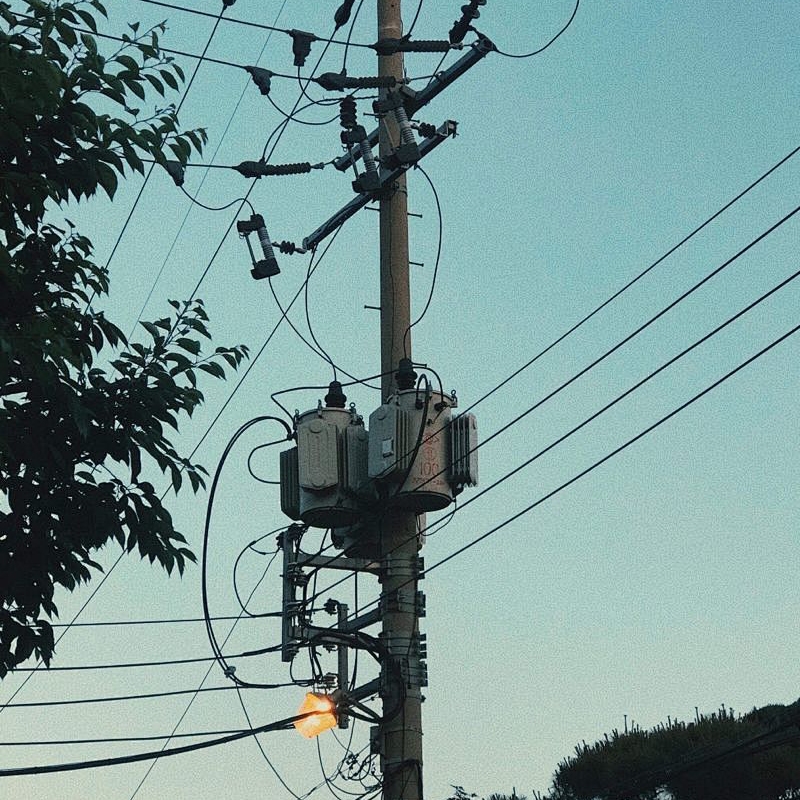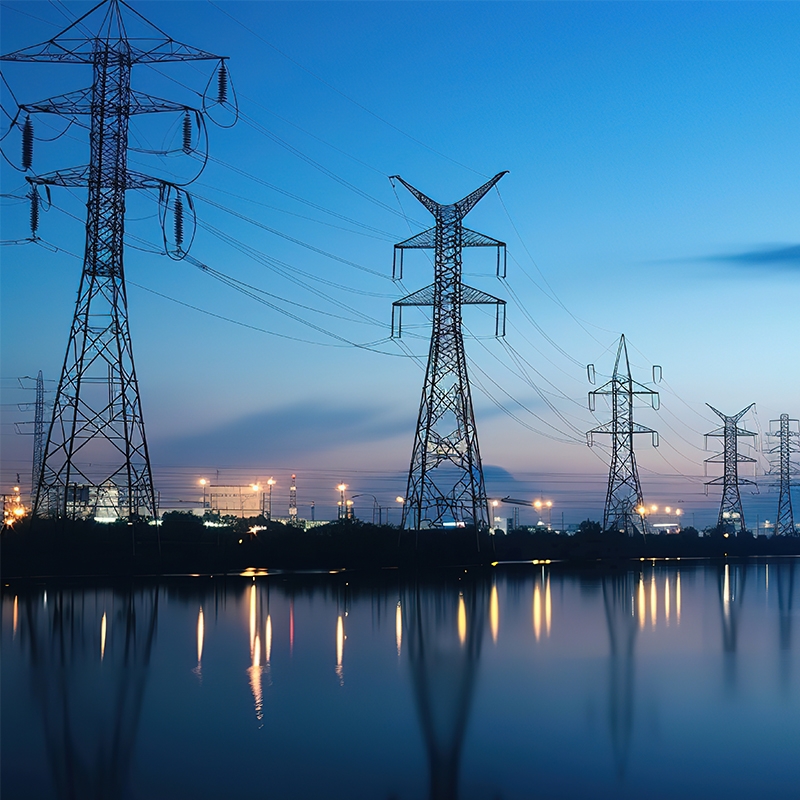Maintenance and repair items for 10kV dry-type transformers
I. Daily Inspection and Monitoring
1. Temperature monitoring
Check the winding temperature (via a temperature controller or infrared thermometer), and the normal range is usually ≤130℃ (F-class insulation).
Monitor the ambient temperature, ensure good ventilation and avoid exceeding 40℃.
Check whether the cooling fan starts and stops automatically (starts when the temperature is ≥100℃ and stops when it is ≤80℃).
2. Visual inspection
Observe whether there are any discoloration, cracks or carbonization marks on the surface of the winding.
Check whether the metal parts such as the core, clamps and bolts are rusted or loose.
Confirm that the shell is free from deformation, dust accumulation or foreign objects.
3. Sound and Vibration
- Monitor whether the running sound is uniform and free of abnormal noises (such as discharge sounds, metal collision sounds).
Check whether there is any abnormal vibration in the transformer body and the fan.
Ii. Regular Maintenance Items \ n1. Monthly Maintenance
Clean and remove dust
Use dry compressed air or a soft brush to remove the accumulated dust on the windings, core and fan (when the power is off).
Check the terminal blocks
Tighten the cable joints on both the high and low voltage sides to prevent poor contact from causing heating.
Fan test
Manually start the cooling fan and confirm that it operates normally without any jamming or abnormal noise.
2. Quarterly maintenance
- Insulation resistance test
Measure the insulation resistance of the winding to ground using a 2500V megohmmeter (standard value ≥100MΩ, related to environmental humidity).
Check the grounding system
Confirm that the transformer casing and the neutral point grounding wire are reliably connected, and the grounding resistance is ≤4Ω.
"Fastening inspection"
Re-tighten all bolts (core clamps, winding brackets, etc.) to prevent loosening.
3. Annual maintenance
Comprehensive cleaning and inspection
After a power outage, thoroughly clean the internal dust and check whether the insulation layer of the winding has aged or peeled off.
- Insulation aging assessment
For transformers that have been in operation for more than five years, partial discharge tests or dielectric loss Angle tests (tanδ) should be conducted.
Calibration of protective devices
Calibrate the temperature controller, over-temperature alarm and trip function, and test whether the interlock protection of the fan is normal.
Electrical connection inspection
Check whether the contact of the tap changer (if any) is good and measure the balance of the DC resistance (deviation ≤2%).
Iii. Special Maintenance Items
1. Inspection after overload or short circuit
Check whether the windings are deformed or the insulation is burned out, and test the DC resistance and insulation resistance.
2. Maintenance before the thunderstorm season
Check whether the lightning arrester is in good condition and whether the grounding system is reliable.
3. Put back into use after a long period of inactivity
Conduct insulation resistance tests and gradually load to the rated capacity to avoid sudden load increases. Iv. Precautions
1. Safe operation
Before maintenance, power must be cut off, tested for electricity, discharged and warning signs hung.
Use insulated tools and wear protective equipment.
2. Environmental control
Keep the installation environment dry and well-ventilated, and avoid corrosive gases or dust.
3. Record Management
Record each maintenance data (temperature, insulation resistance, etc.) in detail and analyze the changing trend. Through systematic maintenance and care, faults such as overheating of the windings and insulation deterioration of dry-type transformers can be effectively prevented, ensuring the stable operation of the power system.




